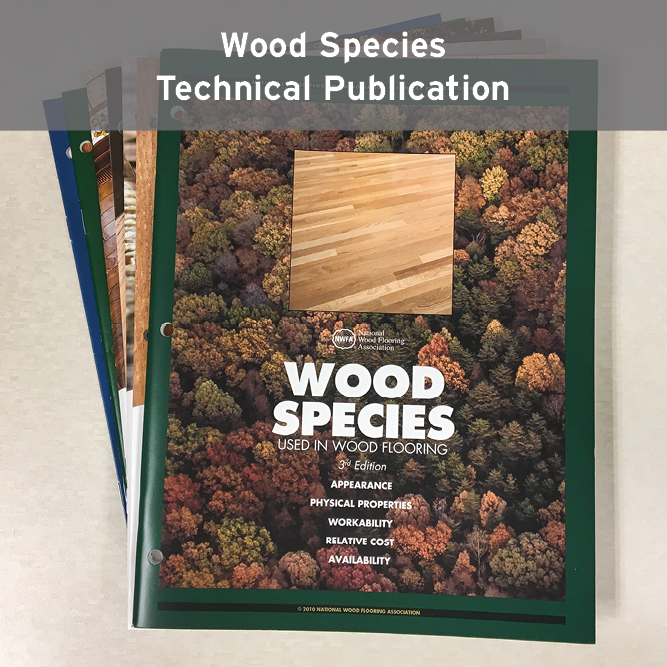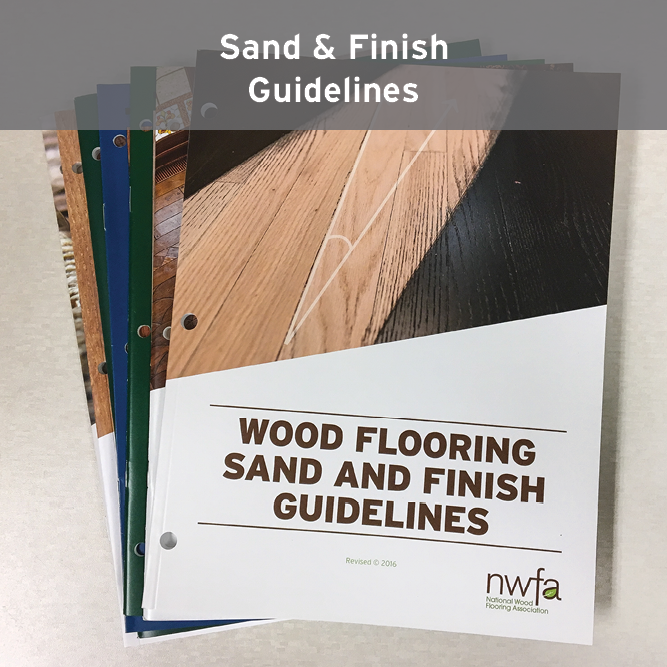It never ceases to amaze me when I hear someone say, “I don’t want engineered flooring, I want real hardwood flooring.” Obviously, there are still a number of misconceptions out there about what engineered hardwood flooring is all about. And that’s easy to understand when you consider the evolution of engineered hardwood over the past 20 years or so.
Before it was called engineered hardwood flooring, we had “laminated” flooring. The product was made by laminating an odd number of rotary-peeled hardwood veneers (mostly oak or maple), cross-plied, to create a dimensionally stable flooring product. Each veneer layer was made from the same species of wood. That was important for the product to work, as it had to be balanced for consistent expansion and contraction of the wood.
Most laminated hardwood flooring material was used for slab-on-grade residential construction or below-grade applications. Its inherent dimensional stability, created by the odd number cross-ply construction, made it ideal to glue direct to concrete. Solid ¾” hardwood flooring simply does not work well in that application, due to the amount of moisture that remains in the concrete. It would make ¾” solid material cup – and potentially buckle – from overexpansion.
The laminated wood flooring performed just like plywood; the cross plies worked against each other to keep the material stable and flat. Critical to the product quality was the type of glue used to laminate the cross plies, as well as the process to acclimate, press, and cure the material. It was also necessary to use the right wood flooring adhesive that was specially formulated to adhere properly to the concrete slab.
The original “rotary peeled” laminated wood flooring products were 9” x 9” parquet squares, 3” x 9”, 12” and 16” Herringbone lengths, and, of course, planks. The most popular plank widths were 3”, 5”, and 7”. Thicknesses were either 3/8” or ½.”
From a manufacturing perspective, the wider the plank, the lower the cost to produce. This is just the opposite of ¾” solid hardwood flooring, where the lumber required for wider width plank is more costly than that used to make 2 ¼” strip flooring. So laminated flooring was also a more affordably priced plank flooring option.
Laminated wood flooring grew in popularity as a flooring material, but the majority of its market was limited mostly to the coastal regions of California, Florida, and Texas where humidity and moisture dictated its use and application. Further limiting its growth was its look. Since the oak veneers were rotary peeled on a lathe, the finished product had a very different grain pattern than that of solid sawn lumber. In fact, it looked just like plywood, which it was.
Around this time, European and Scandinavian hardwood flooring producers were struggling with the high cost and scarcity of hardwood lumber as well as escalating labor costs. As a result, they were forced to find ways to maximize the yield of hardwood lumber in the production of their wood flooring.
The result was new technology to “engineer” flooring with sliced or sawn top faces (“lamellas”) married to plywood or “glued-up” sub-layers to create the look of solid flooring at a much lower cost and better yields than solid flooring. It also allowed for the use of more automated grading and molding equipment making the entire production process much more productive and efficient than the way we historically made hardwood flooring in the United States.
Also about this time, U.S. consumers started moving away from rotary-peeled flooring in favor of the look of solid sawn material. Simultaneously, a new product category appeared on the scene: laminate flooring. The gravure printing process enabled producers to replicate the look of wood in a laminate material. They then created an engineered hardboard sub-layer for the tongue and groove. It was laminated to a top layer consisting of thin layers of paper, via high pressure, to create the top surface in a variety of replicated wood grains and colors.
And so it was: a new hard surface floor covering was created that looked like wood, at a much lower price point.
To counter the initial growth and popularity of laminate flooring, a good number of domestic hardwood flooring producers introduced new varieties of prefinished sawn or sliced-faced “real” laminated hardwood flooring. And so as to not confuse the buying public, the industry created a new product classification called “engineered” hardwood flooring.
The consumer and builder embraced engineered hardwood, which is mostly sold prefinished. In addition to areas of the country subject to high humidity and moisture, engineered material is ideal for new construction, remodeling projects, below-grade applications, and above crawl spaces. For virtually any residential or light commercial application, it can be blind nailed, stapled, glued direct to the sub-floor, or floated over a foam underlayment for improved sound control.
But the question remains: Is it real wood? The answer is a resounding “Yes!” Twenty-five years ago, laminated hardwood flooring shipments were about 20%-25% of total domestic manufacturers’ wood flooring shipments. And at that time, hardwood held a lower percentage of total flooring shipments than it does today. The tremendous growth of hardwood flooring since is due in large part to the qualities and advantages of engineered hardwood combined with the technological advances in factory finishing.
Today, sales of engineered hardwood flooring exceed that of ¾” solids. As I wrote previously, wider-width planks are more popular than ever, and most of what is sold today in that category is prefinished engineered hardwood. We all know how hard it is to change a builder’s or consumer’s paradigm. But given the opportunity to clearly explain the differences between solid and engineered products, you can be assured your customer will be very pleased with the results when she chooses engineered hardwood flooring.









